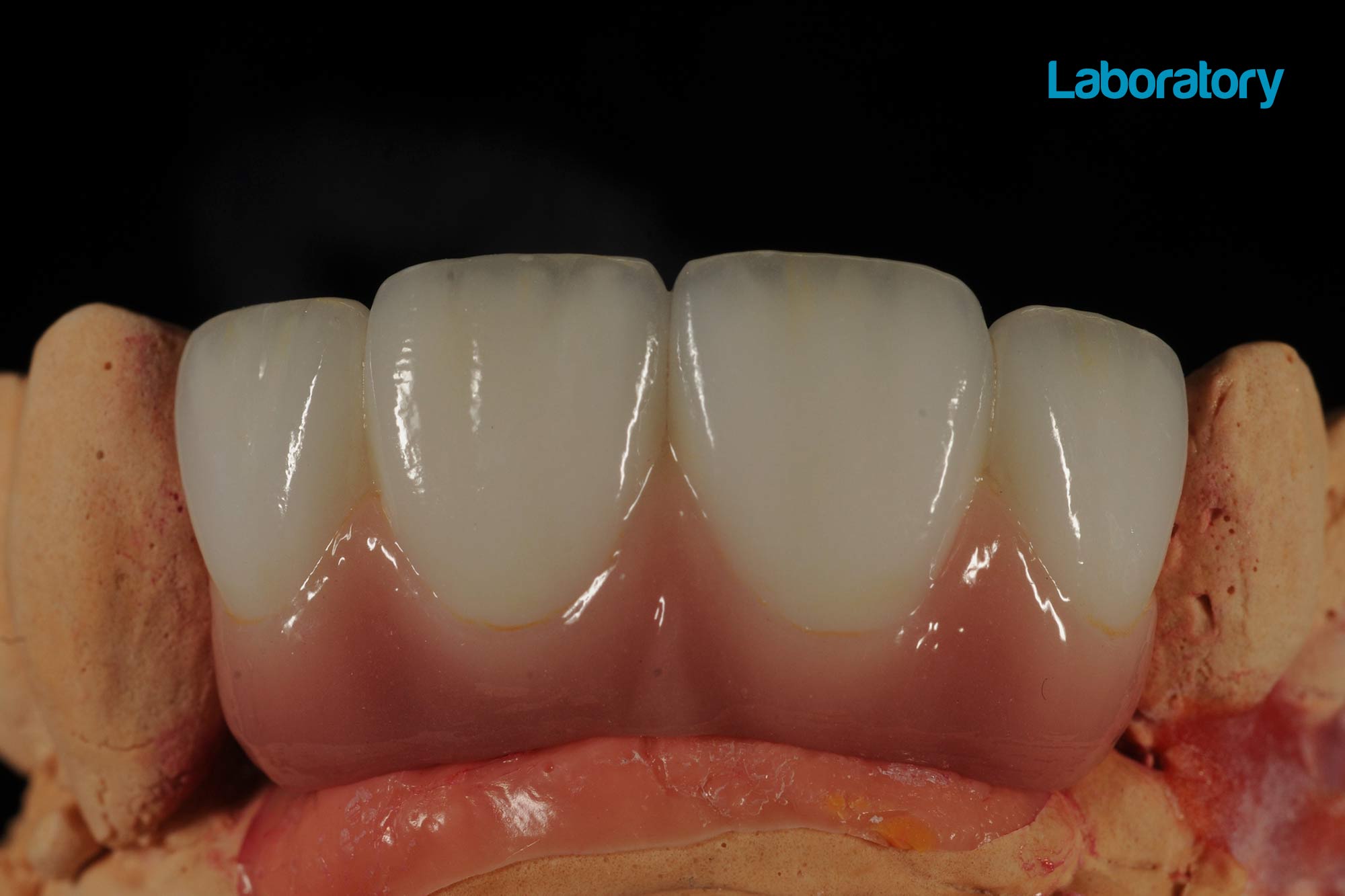
Carving a new era: Ashley Byrne explains why he is never looking back after adopting digital diagnostic set-ups.
I remember doing a lecture more than 10 years ago on the digital wax-up and I was heckled from the audience. ‘You are single headedly killing our industry – digital will be the death of the dental technician artist!’, someone shouted at me, clearly very angry with my lecture.
I tried to defend my stance, saying that in my world this was the evolution of a new type of artist, but that technician just couldn’t see my point.
Painful and problematic
From day one, diagnostic wax-ups using wax to build up the teeth were never popular in my lab. They are time consuming, messy and often completed by a ceramist who really didn’t want to be doing wax at their bench. If you had the metal workers do the diagnostic, the aesthetics never matched the ceramists, and then a small war would break out between departments.
Nobody really wanted to do them, they were not profitable, and yet diagnostic wax-ups were an essential part of the lab-clinician-patient communication process for any decent crown and bridge lab.
Even when diagnostics were completed, the problems did not stop there. If changes were needed, they were often painful, the worst being a: ‘Can you just move that midline 2mm to the left on both full arches?’. They often came back from the client smashed and chipped. Silicone indices were a nightmare as they often pulled the wax off, and it relied on the skill of a ceramist to copy the teeth perfectly, which often didn’t happen.
The greatest digital advancement
The digital diagnostic ‘wax-up’, in my opinion, remains the greatest of any digital advancement in our industry. If you are still manually waxing your diagnostic work, put this journal down, call your local Exocad or 3shape supplier, and get some software. Waxing diagnostic work is dead and digital is better. No one can tell me otherwise. I’ll explain why by talking through the process of the diagnostic at Byrnes, and how we make the product and process one of the most successful aspects of my lab.
Nearly all our diagnostic set-ups are on Exocad. Every CAD station at Byrnes runs both 3shape and Exocad, but for this aspect we prefer Exocad (that’s just personal preference). You can do just as good a job on alternative software.
My CTS team books the work in and then it appears on the CAD tech’s day sheet in our Corus Link software, complete with the .stl files of the job. No models to be poured, no models to be articulated, just two scans in occlusion on the screen. The prescription is read, photos are checked, and then the CAD team does the artistry. We choose from over 1,000 libraries of teeth for the ideal shape and form, and then we start to set the mouth up.
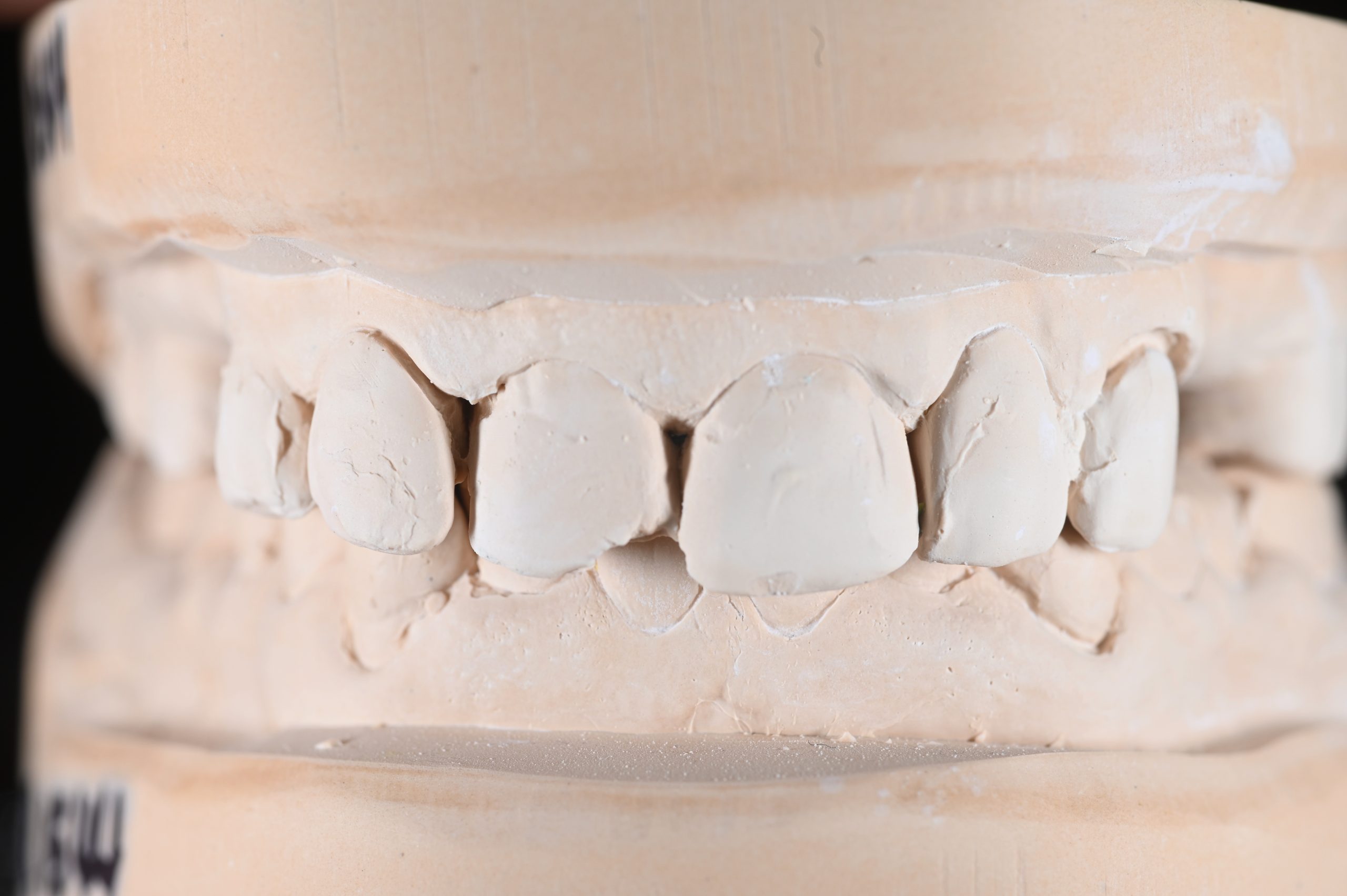
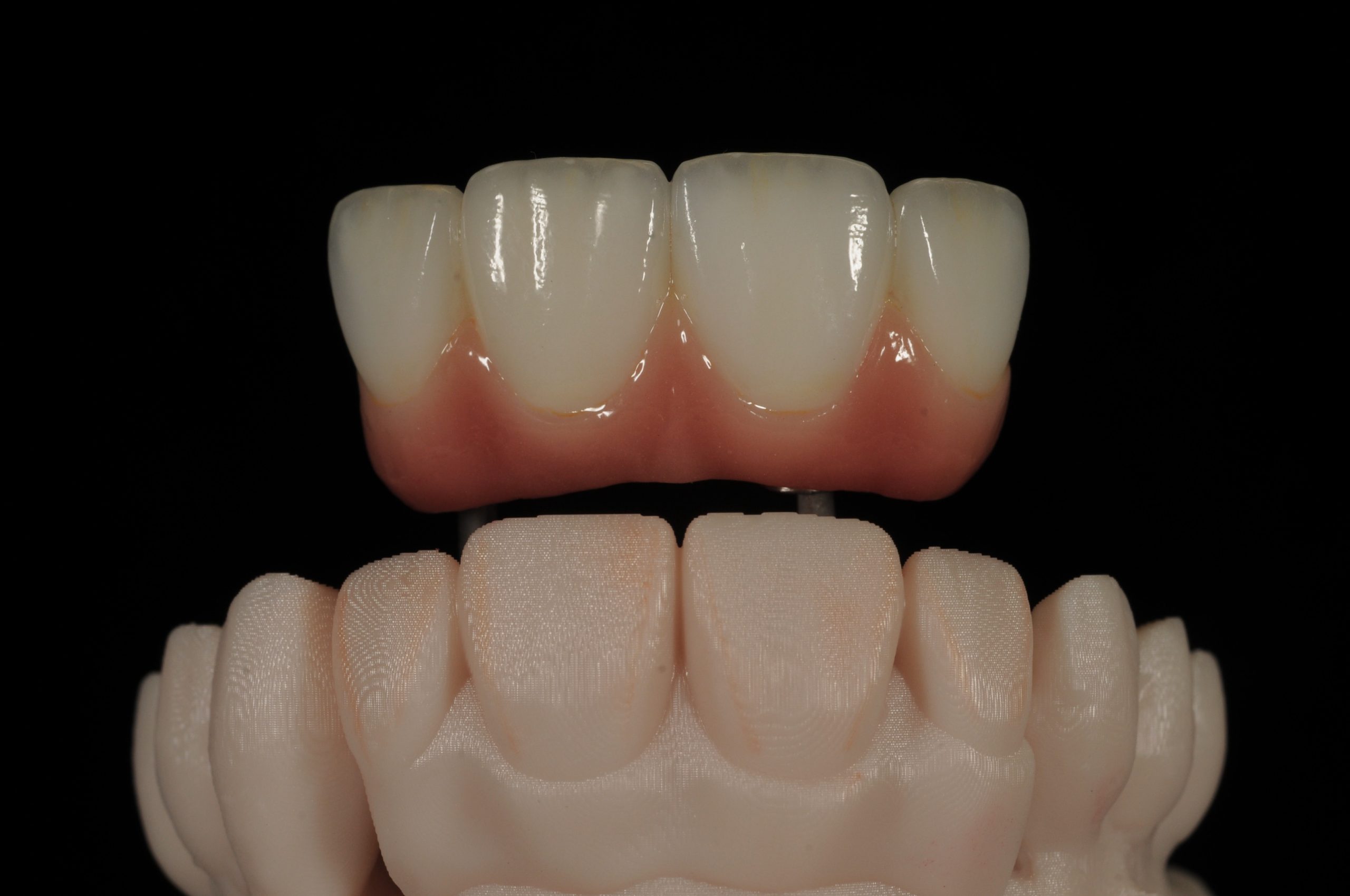
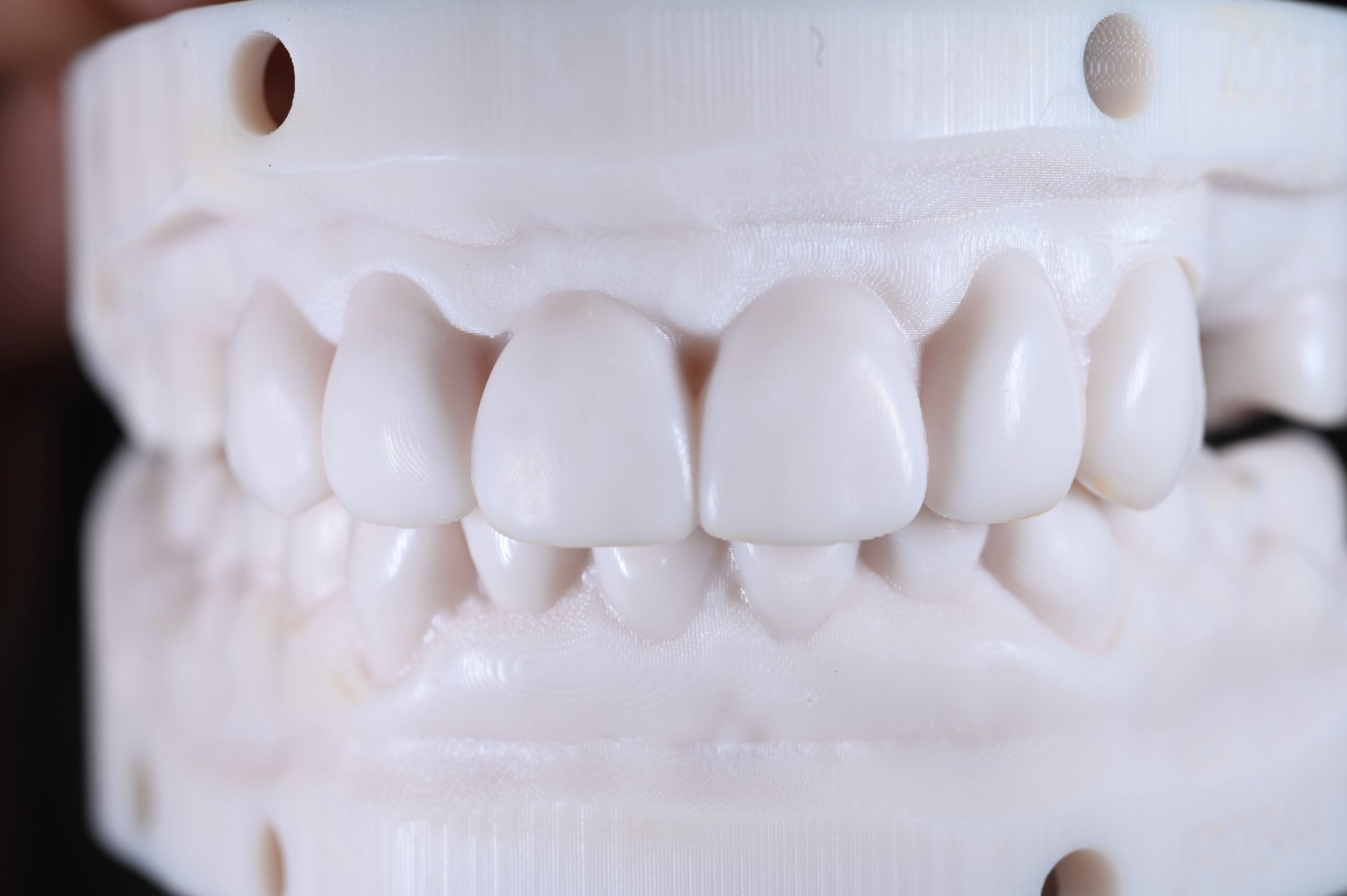
Quick and easy
From wear cases to smile makeovers, missing teeth to realignment of wonky teeth, it can all easily be done in the software. We then simply send that ‘wax-up’ via email or Whatsapp to the dentist to review and approve it from their phone, tablet or computer. It’s quick, easy and done without needing a phone call.
If the patient needs to see it, it can be sent to the patient without the need for chair time. Any tweaks can be easily made and reissued, and once we have a digital approval, we can then send that .stl file to the printers to print the diagnostic set-up. How can wax be easier than that? No shipping, no delays, no chair time, and a clean and lean process. The wax-ups, as shown in the images, are beautiful (Figures 1 to 3).
The people in my CAD team are quality artists that work closely with the ceramists to ensure we deliver top-notch quality artistry (Figure 4). The difference isn’t the final result – it’s solely changing tools from wax to a computer mouse.
For the dental technicians who still believe a wax-up in wax is better, I ask you to think of a luxury sports car. For example, imagine the beautiful curves of a modern Aston Martin. Do you think some engineer designed that car in clay? Or do you think that artist worked in CAD?
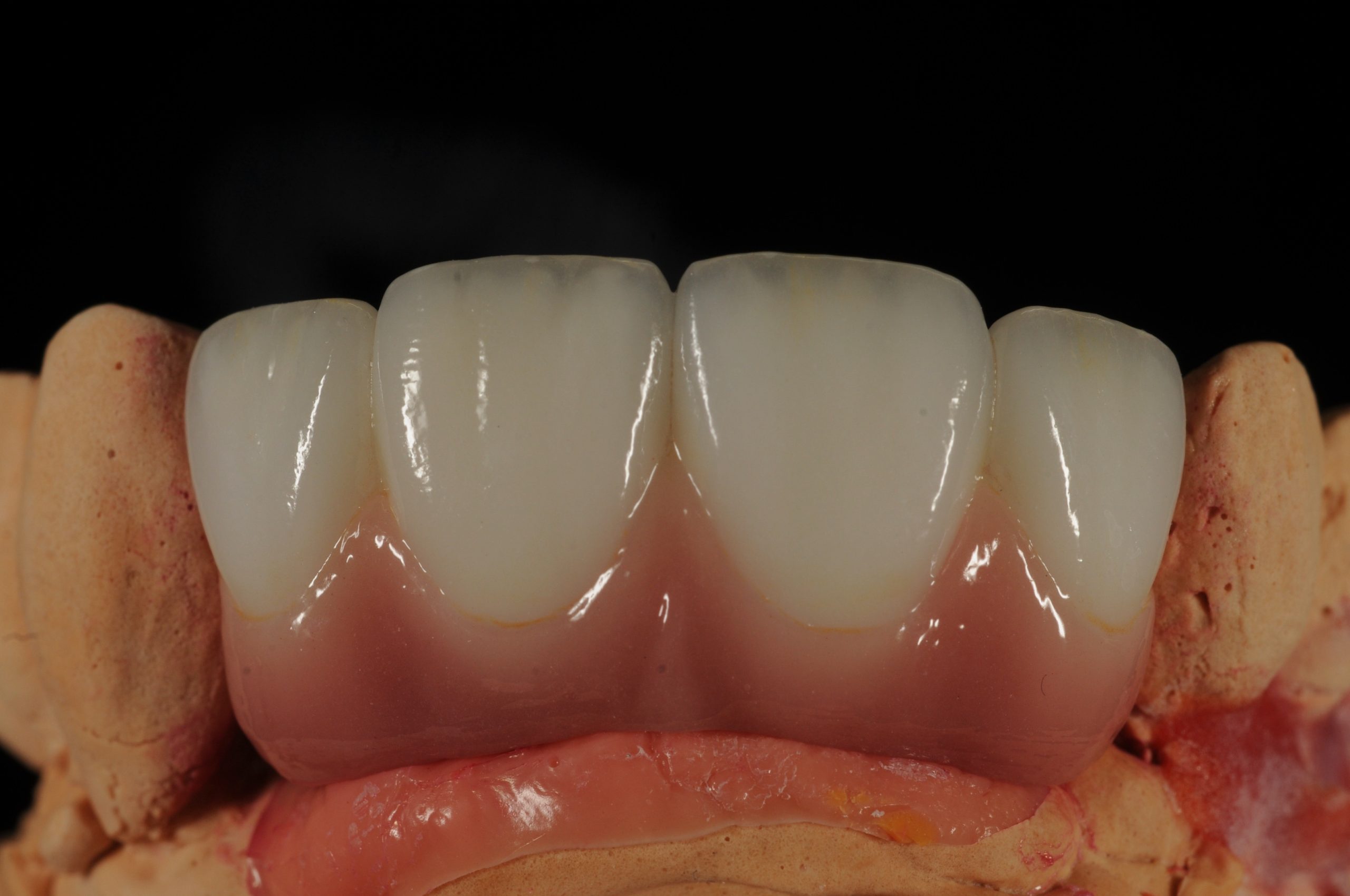
Many benefits
The benefits of digital set-ups don’t stop here. The diagnostic is the start of the journey and the digital set-up helps us reduce remakes and adjustments – it enhances the patient experience. The 3D printed set-up can then easily be tried-in. You could argue that a silicone index of the conventional wax-up could be tried-in, but what if the original pre-prepped teeth stick out of the wax-up? That can’t be tried-in.
Comparatively, in digital, we can merge the preop and then wax and print a model, which can then be tried in the mouth to give the patient an idea before we cut any teeth.
What about offering three different wax-ups? We can easily take the first digital set-up and then make the centrals longer on another and maybe make the laterals flared on another one. It’s a small amount of work for three wax-ups. That is a unique service that would cost a small fortune in time if the wax-up was done conventionally.
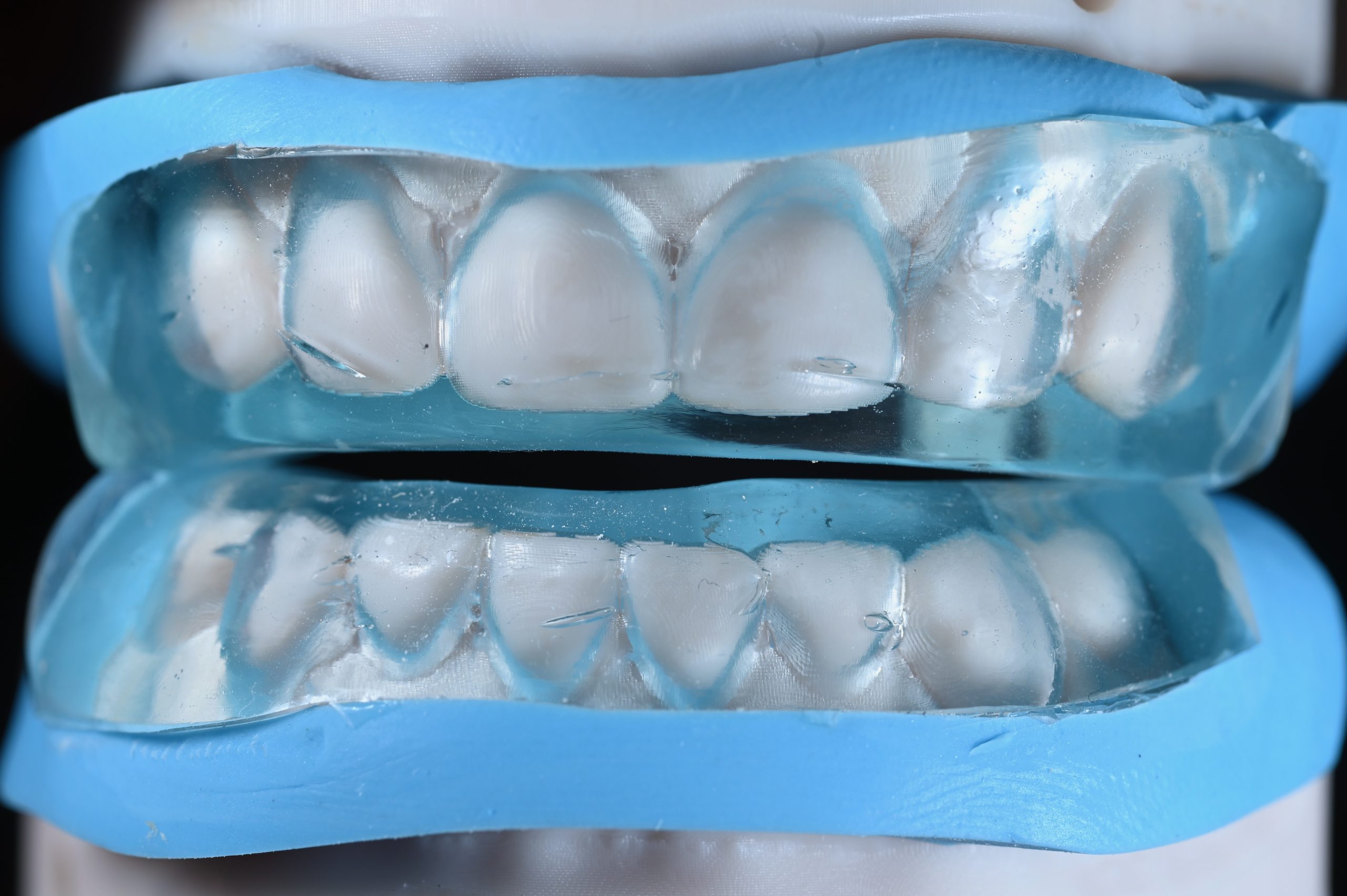
Near perfect
Digital set-ups, of course, benefit the final restoration. If the try-in was spot on and we get the classic ‘please copy the wax-ups perfectly’, we can. We import that .stl file into the CAD software and we link it to the preps.
We then mill the zirconia, or wax as full contour, or partial cut back, and the patient then gets a near perfect copy of the try-in (Figure 5). It’s easier for the ceramist to use this to give a perfect result, rather than trying to use porcelain to copy a shape that’s in wax. This way the ceramist can really go to town on the artistry but has less concerns over shape and occlusal as that was decided. It’s a better product, closer to the patient’s desires, occlusal checked before starting, and vastly less risk of adjustment or remake.
Digital diagnostic work can also be used in digital planning (Figure 6). We set teeth up from an IOS scan, design, and then send that to the clinician or surgeon who can import that set up and place their implants from where the teeth are.
Prosthetically driven treatment makes our lives easier, it’s a better result for the patient and, again, there are fewer issues of fractures or remakes.

Time are changing
It’s very hard for me to see any benefit of a manual wax-up. In our lab, the volume of diagnostics we do would make it impossible with the team we have.
In this world of reduced technician numbers, we must learn to embrace all aspects of our jobs that offer both a time saving and a better solution for the patient. We no longer teach anatomy using wax because the digital CAD libraries we have allow us to train our trainees faster and better, while also engaging them more because the digital world is their world. I don’t know any trainee that wants to sit and carve teeth in wax, so offer them a chance to learn anatomy and 3D print that tooth, and you will see them beaming from ear to ear.
It’s changing times and this changing approach is, in my opinion, a vastly better way to engage the youth and the new techs of the future. The digital set-up (for most of us) is now the norm, and if any dentist reading this wants a manual wax-up, you’ll have to find another lab because Byrnes will simply to do them (we haven’t stocked the wax for years). Just another step to a better workflow for the modern dental technician and artist.
This article first appeared in Laboratory. To subscribe, join Dentistry CPD Pro.


